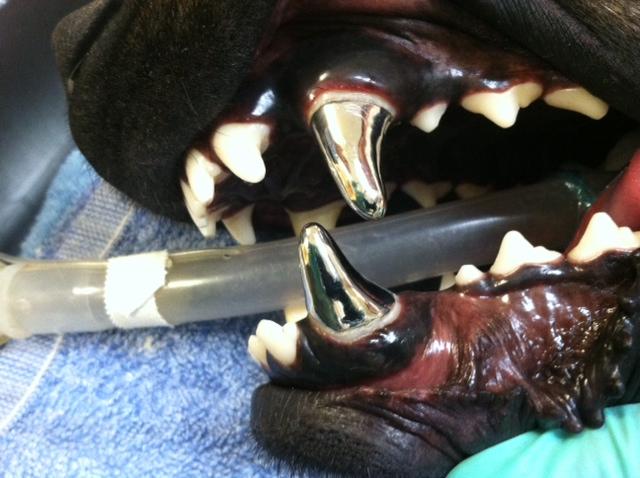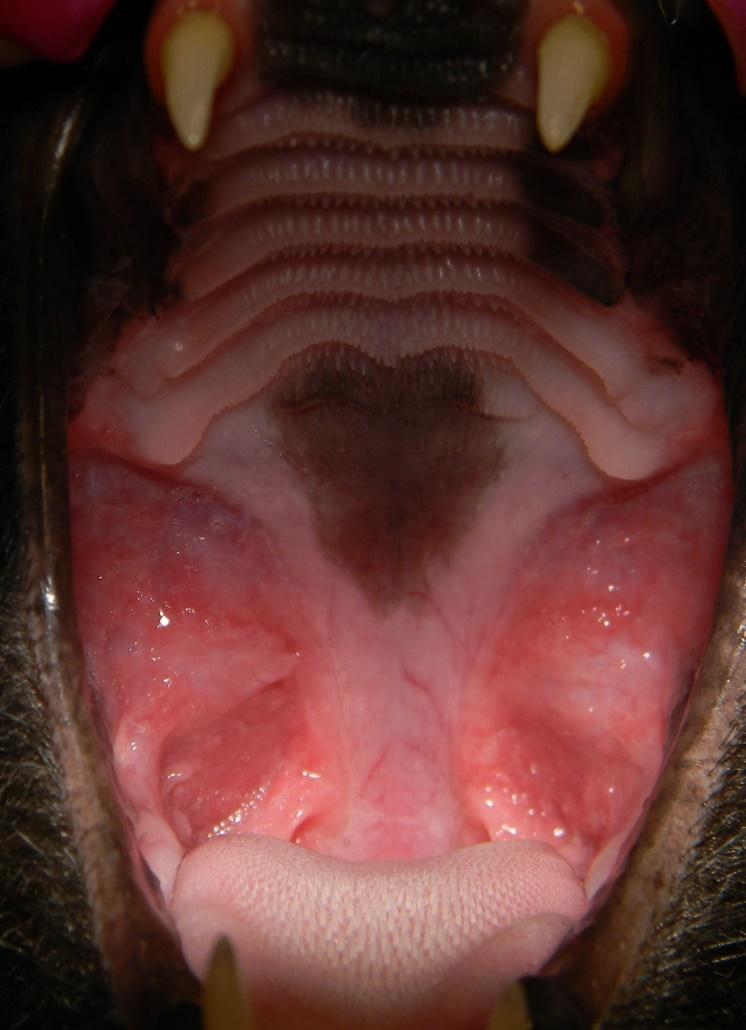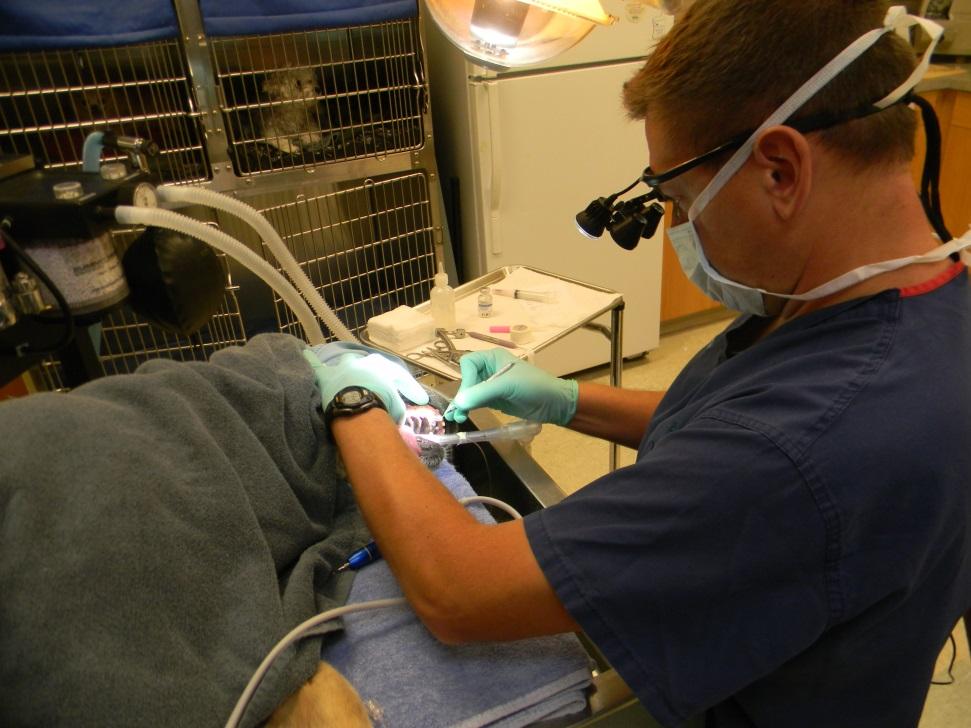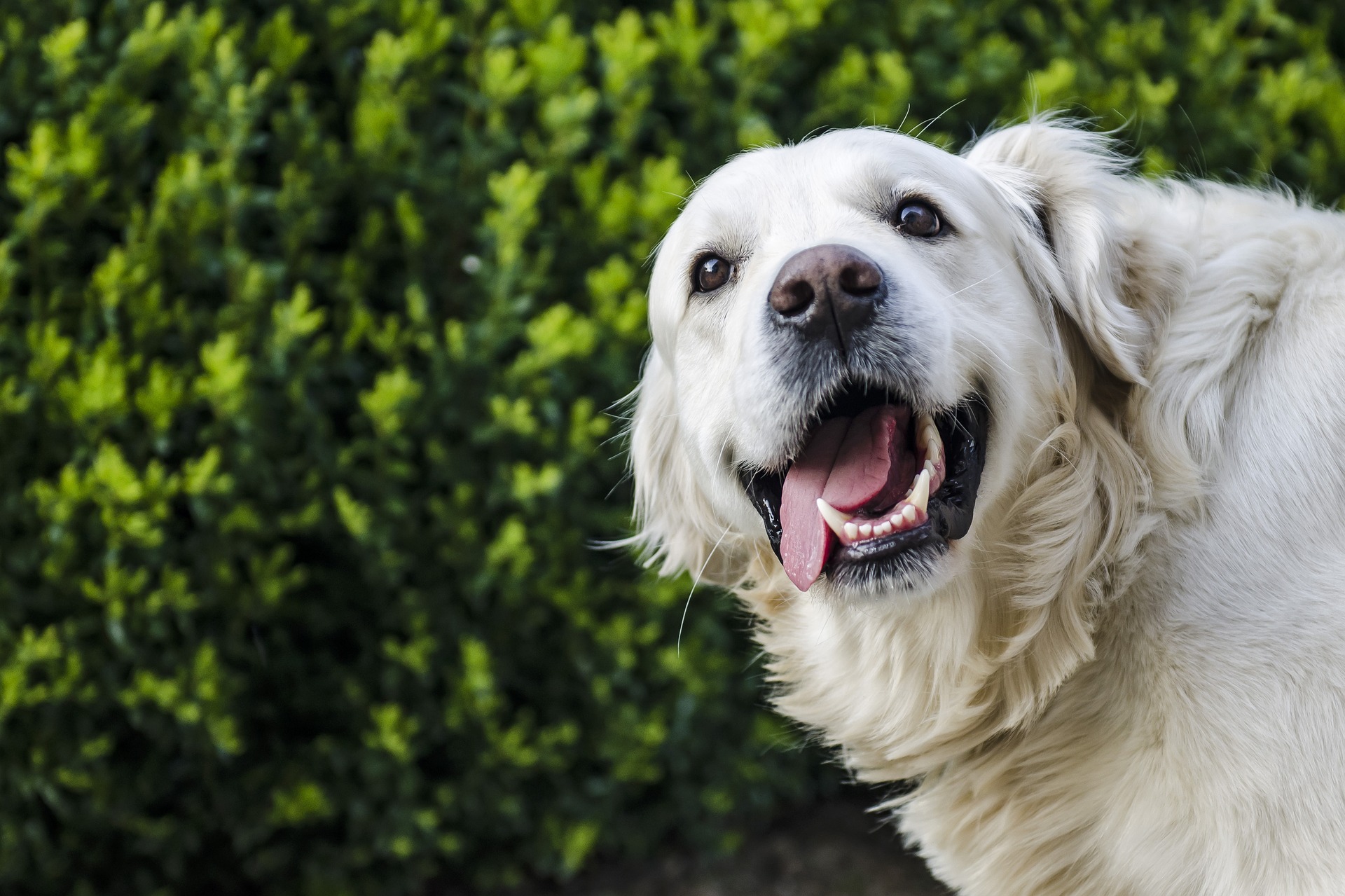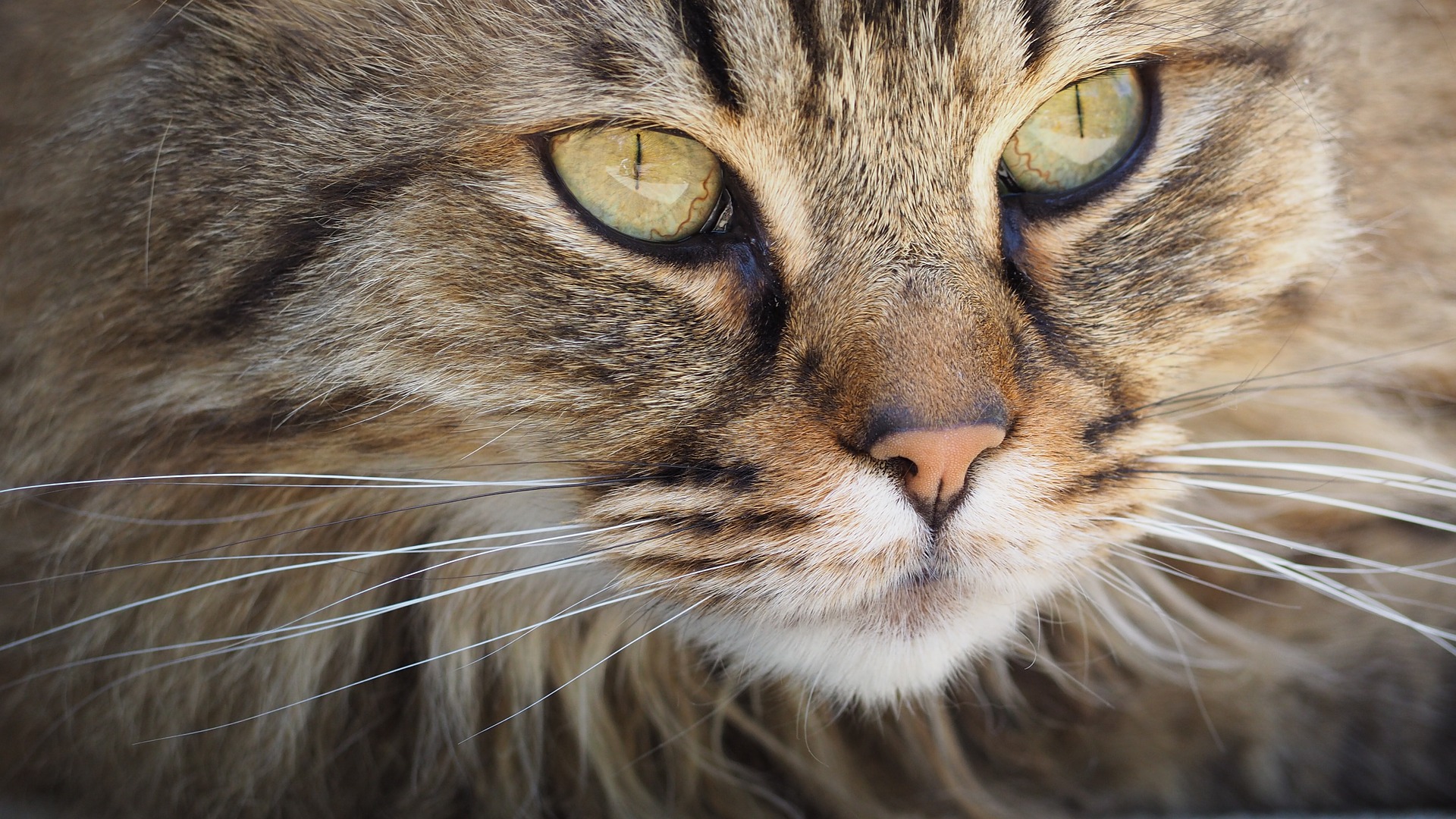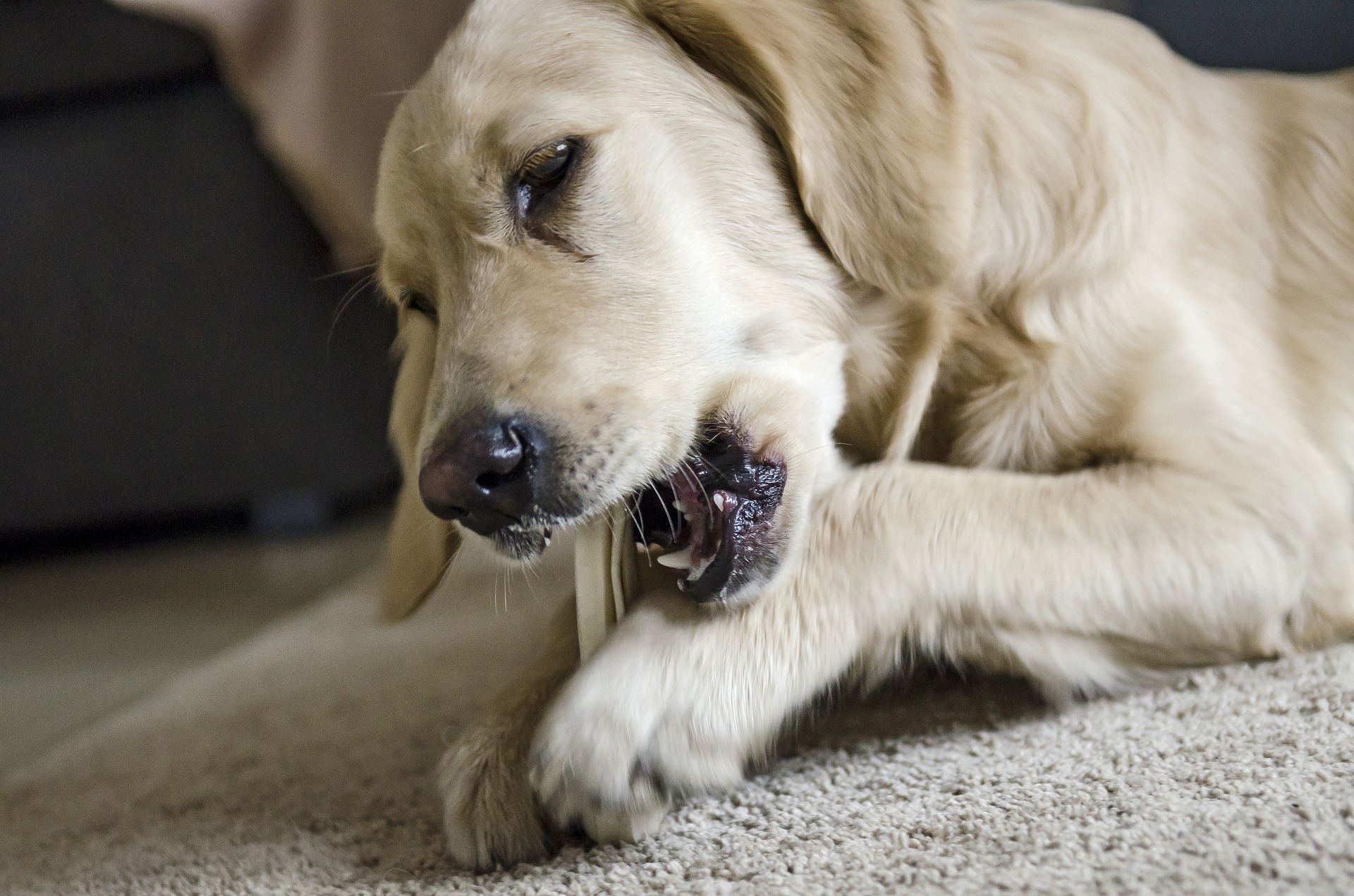Dental Crown Therapy for Dogs
Dogs frequently fracture teeth. Studies have shown that up to 10% of dogs have some type of fractured tooth. All fractured teeth should be evaluated by a veterinarian and be imaged with a dental radiograph. If the fracture does not expose the tooth’s pulp...


